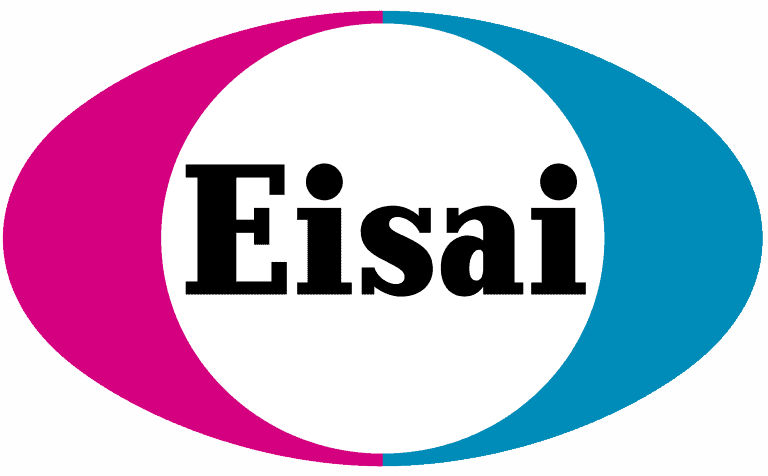The last several years have been an exciting time for the development of new options for seizure rescue medications. Some of the biggest advancements have not necessarily been new medications, but new ways to deliver the medications that might enable patients and their families to choose an option that works best for their situation.
What are seizure rescue medications?
Seizure rescue medications are meant to be used outside of daily anti-seizure medications to treat cluster seizures or prolonged seizures. The patient’s neurologist should prescribe these medications with well-defined instructions on when it is appropriate to utilize the rescue medication, based on the individual patient’s seizure patterns. Important discussions with the neurologist should include:
- When to administer the seizure rescue medication
- How to administer the seizure rescue medication
- Side effects and risks associated with the seizure rescue medication
- How often the seizure rescue medication can be given safely
- When to seek additional medical care after using the seizure rescue medication
It is also important to make sure your loved one’s Seizure Action Plan is up-to-date with the current seizure rescue medication details after discussing with the neurologist. If you need additional help building a Seizure Action Plan, visit seizureactionplans.org.
What seizure rescue medication options are available?
There are several types of rescue medications that can be administered in different ways. The decision process for each patient will depend on which medication works the best for them as well as a consideration of the routes of administration. Some commonly used options are listed below.
- Diastat is a rectally administered gel formulation of diazepam approved for patients 2 years and older. Diazepam rectal gel comes in a syringe that is pre-filled and dialed to the correct dose for the individual patient. The pharmacist should dial in the correct dose, but it is always a good idea to double-check prior to administration.
- Valtoco is an intranasal spray formulation of diazepam approved for patients 6 years and older, and is currently being studied in a clinical trial for patients aged 2 to 5 years. Valtoco comes pre-dosed in a one-time use device that allows for administration directly inside the nostril.
- Nayzilam is an intranasal spray formulation of midazolam approved to treat seizure clusters in patients 12 years and older. Nayzilam comes pre-dosed in a one-time use device that allows for administration directly inside the nostril.
- Lorazepam can be administered buccally (between the teeth and gums).
Some families work with their loved one’s health care team to utilize other options that are more appropriate for their situation. Their neurologist can help determine what medication might be most appropriate to meet their needs.
New seizure rescue medication options are in clinical trials.
As mentioned above, Valtoco, or intranasal diazepam, is currently being investigated in a clinical trial sponsored by Neurelis for children aged 2 to 5 years with epilepsy. This is a Phase 1/2a study focused on understanding how the body processes the medication as well as the safety of the medication in this patient age group. For information on the trial visit neurelisclinicaltrials.com or download this informational brochure. You can also find details in the study listing at clinicaltrials.gov.
A new type of seizure rescue medication called Staccato Alprazolam is being testing in a trial sponsored by UCB for patients aged 12 years and older with stereotypical, prolonged seizures. The medication is alprazolam, a benzodiazepine (like diazepam, midazolam, and lorazepam) used at a low dose and combined with the Staccato device that allows the medication to be inhaled with a passive breath from the patient. The Phase 2 trials took place in a hospital setting, finding that the mean onset of action for stopping seizure activity was 30 seconds. Given the importance of stopping seizures quickly, a fast acting medication would be ideal. The now enrolling STARS Study is a phase 3 trial to test the use of Staccato Alprazolam in the home setting. If you are interested in participation in the trials, visit STARSEpilepsyStudy.com or download this brochure to learn more. You can also find details in the study posting at clinicaltrials.gov.
Take Action!
- When was the last time you re-evaluated your loved one’s rescue medications?
- Is their Seizure Action Plan up-to-date? Visit seizureactionplans.org for tips and resources.
- Are you prepared to administer rescue medications appropriately? Check out these videos from the Epilepsy Alliance of America that review administration techniques for some common rescue medications.






